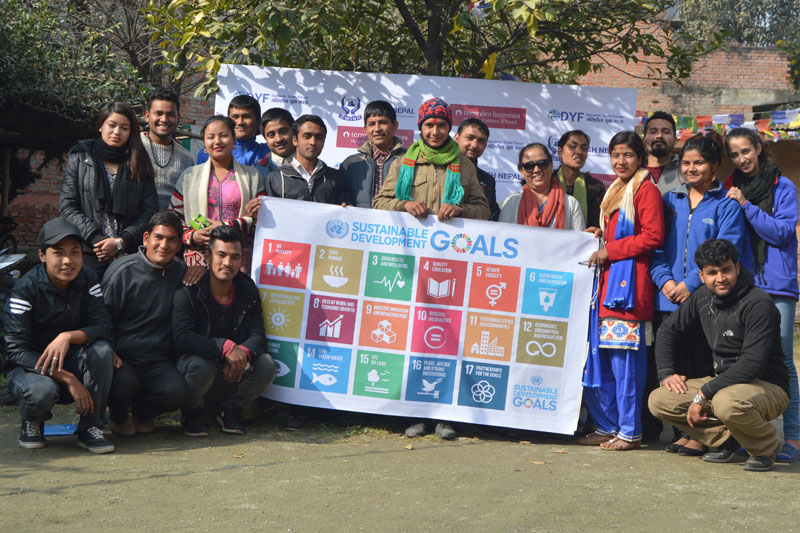‘Mainstream DRR into development planning’
Kathmandu, June 28
Speakers at a programme organised here today stressed on mainstreaming disaster risk reduction into development planning at local levels.
According to the organisers, the main objective of the programme ‘Disaster Risk Reduction in New Local Government Structure of Nepal: Opportunities and Challenges’ was to disseminate information about the government’s approach to mainstreaming disaster risk reduction into National Urban Development Strategy, policies and strategies on disaster risk reduction and recently held Global Platform for Disaster Risk Reduction held in Cancun, Mexico from May 22 to 26.
The newly adopted structural changes have provided avenues for introduction of newer and more urgent issues.
The government is preparing to empower the local government to prepare their own policies on disaster risk reduction, significantly reducing the role of the central government.
“This will help to formulate customised policies suitable to the local context,” said Purushotam Subedi, under-secretary at the Ministry of Federal Affairs and Local Development.
Learning from the 2015 earthquake, the government has profoundly realised the need for mainstreaming disaster risk reduction at the local level.
“The learning is now reflected in new disaster management act and policies,” informed Shankar Hari Acharya, chief of National Emergency Operation Centre at the Ministry of Home Affairs. He expressed his confidence that the new act would guide Nepali system to focus on preparedness and planning for emergencies.
Urban Disaster Risk Reduction expert Suman Meher Shrestha from Town Development Fund while demonstrating different types of infrastructures that were damaged in the earthquakes stressed on understanding urban dynamics and acknowledging the difference between traditional cities and new urban settlements.
Senior researcher and executive director at Institute for Social and Environmental Transition Nepal Ajaya Dixit with reference to draft National Strategy on Urban Resilient Communities emphasised on taking into consideration possible impact of climate change and climate induced hazards.
He shared that since Nepal is rapidly urbanising, integrating dister risk reduction into urban development would be the most logical step towards developing resilient urban communities.
The interaction was organised by National Disaster Risk Reduction Centre Nepal in collaboration with Adventist Development and Relief Agency to create a platform to discuss the way ahead for mainstreaming Community Based Disaster Risk Reduction and Urban DRR in the federal units.
The programme was also attended by municipal authorities of Kathmandu Metropolitan City, Lalitpur Metropolitan City, and Shakharapur Municipality along with bilateral agencies, United Nations agencies, INGOs, NGOs, academicians and networks working in the field of disaster risk reduction.






